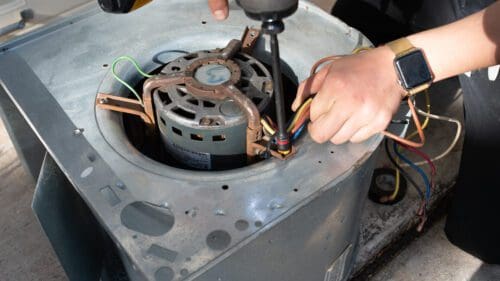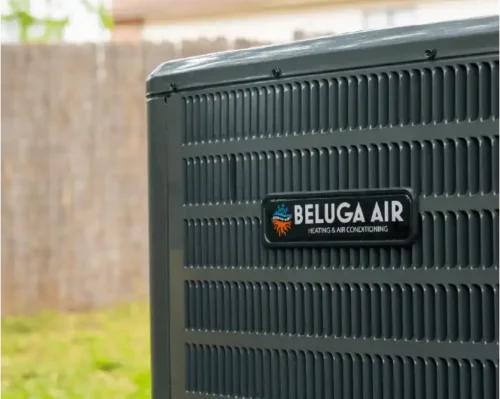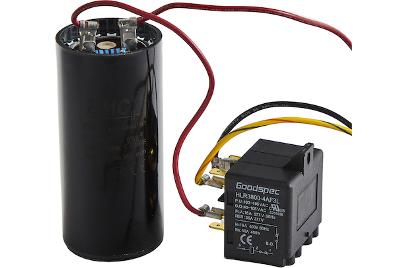Have you ever found yourself wondering what HVAC stands for? You’re not alone; many people aren’t aware of the meaning of this acronym. HVAC stands for Heating, Ventilation, and Air Conditioning. This term is used to describe devices that regulate temperature in both domestic and commercial buildings. HVAC technology has been around since ancient times. That said, modern designs have made it much more efficient for controlling the environment within a structure.
The concept of HVAC dates back centuries ago, with the first recorded use in Ancient Greece.
Ancient Versions Of HVAC
HVAC is a term that we hear often today, but how did this technology come to be? The concept of HVAC dates back centuries ago, with the first recorded use in Ancient Greece. During this time, ventilation through natural means was used as a way to keep buildings cool and comfortable during the hot summer months.
The ancient Greeks would use wind towers and sun-facing windows to draw in cooler air from outside. This process created an effective system for cooling and ventilation that was adapted by many cultures over time.
Today, HVAC systems have evolved far beyond the basics introduced by the Greeks all thanks to the United States.
The Origins of Modern HVAC
Did you know Ben Franklin invented modern air conditioning in the Philadelphia?
The phrase ‘air conditioning’ was coined in the early 20th century, but the concept of air conditioning is much older. Benjamin Franklin, one of the Founding Fathers of America, was a pioneer in HVAC technology. He invented an air-conditioning system to regulate the temperature in his Philadelphia home.
Franklin’s cooling system was simple and relied on natural convection. To cool a room down, he would first open windows on opposite walls to allow airflow across the room. Then he filled a cistern with cold water and placed it next to an open window on one side of the room. Then the cold water was funneled through pipes into another room as a secondary cooling system. This method created cool air that circulated throughout his home.
Carriers Invention
In 1881, Willis Carrier designed an air-conditioning unit specifically for industrial purposes that would later become a key component in modern HVAC systems. His invention was a game changer for industrial and commercial businesses as it allowed for much more efficient ways to cool and heat buildings. Carrier designed an air-conditioning unit specifically for industrial purposes. Later this became the foundation of HVAC systems. This unit provided businesses with an affordable way to maintain a comfortable temperature year-round while also providing improved ventilation throughout their facilities.
Carrier’s innovation has been instrumental in the advancement of HVAC technology over the last century plus. In addition to being able to provide comfort cooling during hot summer months, his invention also made it possible to control humidity levels in commercial settings.
These two great American men laid the foundations for modern technology to create the units you see in your homes today. We now have Heat Pump Technology that allows us to use one unit to both cool your home in the summer and warm your home in the winter.
Learn About the Modern Use Of UV Lights To Extend The Life Of A Unit Or Click to read some of our other articles to learn even more about HVAC Units.
To learn About the type of units we have today click to read our Article. What Types of HVAC Systems Exist Today?
Need to book service, or have a request? Call to speak with one of our pros!











